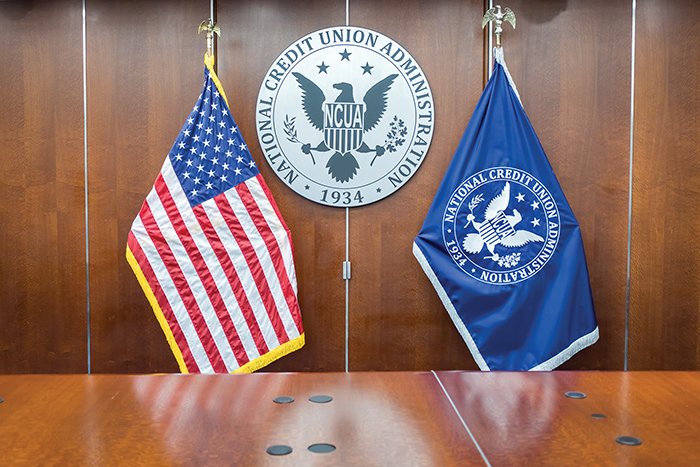Credit unions figured out long ago that to compete with the big banks, they need to compete on technology. After all, if a credit union can combine an equivalent member technology experience (online, mobile, etc.) with lower rates, superior service, and a commitment to the local community, that credit union will have created a winning formula. The growing success of credit unions across the country proves that this formula is indeed a winner.
Unfortunately, other local businesses have not been so lucky. When it comes to consumer-facing technology, local businesses are simply being outspent by their national competitors. And as these national chains continue to use technology to making spending money easier and easier, the local businesses will inevitably lose sales.
Mobile apps represent the most obvious example. National retailers like Starbucks and Target have become as well-known for their mobile apps as they have for their retail success. Starbucks may not be the best cup of coffee on the market, but it's certainly the easiest to buy.
Recommended For You
Many retail experts predict that 2016 will be the year of the beacon. What's a beacon?
A beacon is a Bluetooth-based device that retailers can use to communicate with in-store shoppers who are running the retailer's mobile app. A beacon can highlight a hot deal in the immediate vicinity, offer information about nearby products, provide "you are here" store maps, or simply remind shoppers of their loyalty points balances.
According to one study by Business Insider, beacon technology could influence more than $40 billion is sales in 2016 alone. But which retailers are deploying beacons? RetailDIVE, a website devoted to retail news and trends, says that the heavy hitters in beacon deployment include Macy's, Lord & Taylor, Urban Outfitters, and Kohl's, among others.
What might surprise many small-business owners is that these technologies are reasonably accessible. Companies are popping up up all over to put modern technology in the hands of smaller businesses and their customers. What more, according to business tech consultants eMazzanti Technologies, there are other low-cost technologies that businesses can use to enhance the customer experience. These include:
- Mobile point of sale (POS) solutions – These not only enhance the customer experience, but are also less expensive than traditional cash registers.
- In-store digital displays and video streaming – With the cost of flat-screen TV/monitors dropping, a small business owner can use a PC and inexpensive software to create dynamic product signage, a flexible menu, or an electronic "flyer" of daily specials, among other uses.
- Mobile payments – There's a "cool factor" currently associated with mobile payments like ApplePay. Some tech-savvy shoppers tend to favor retailers that offer these options. Local merchants should take advantage of this trend.
But what's it all mean to your credit union?
Credit unions have long served as hubs of the local economy. Member business services have continued to grow at credit unions because other participants in that local economy – i.e., the small businesses – need financial services that help them remain competitive. Now they need technology services that help them remain competitive.
This is a natural extension for credit unions. It could take the form of financing for new technology. Or better yet, your credit union could partner with a tech provider to offer a complete turn-key e-commerce solution to local merchants.
The bottom line: When local merchants win, your credit union wins.
© Touchpoint Markets, All Rights Reserved. Request academic re-use from www.copyright.com. All other uses, submit a request to [email protected]. For more inforrmation visit Asset & Logo Licensing.






